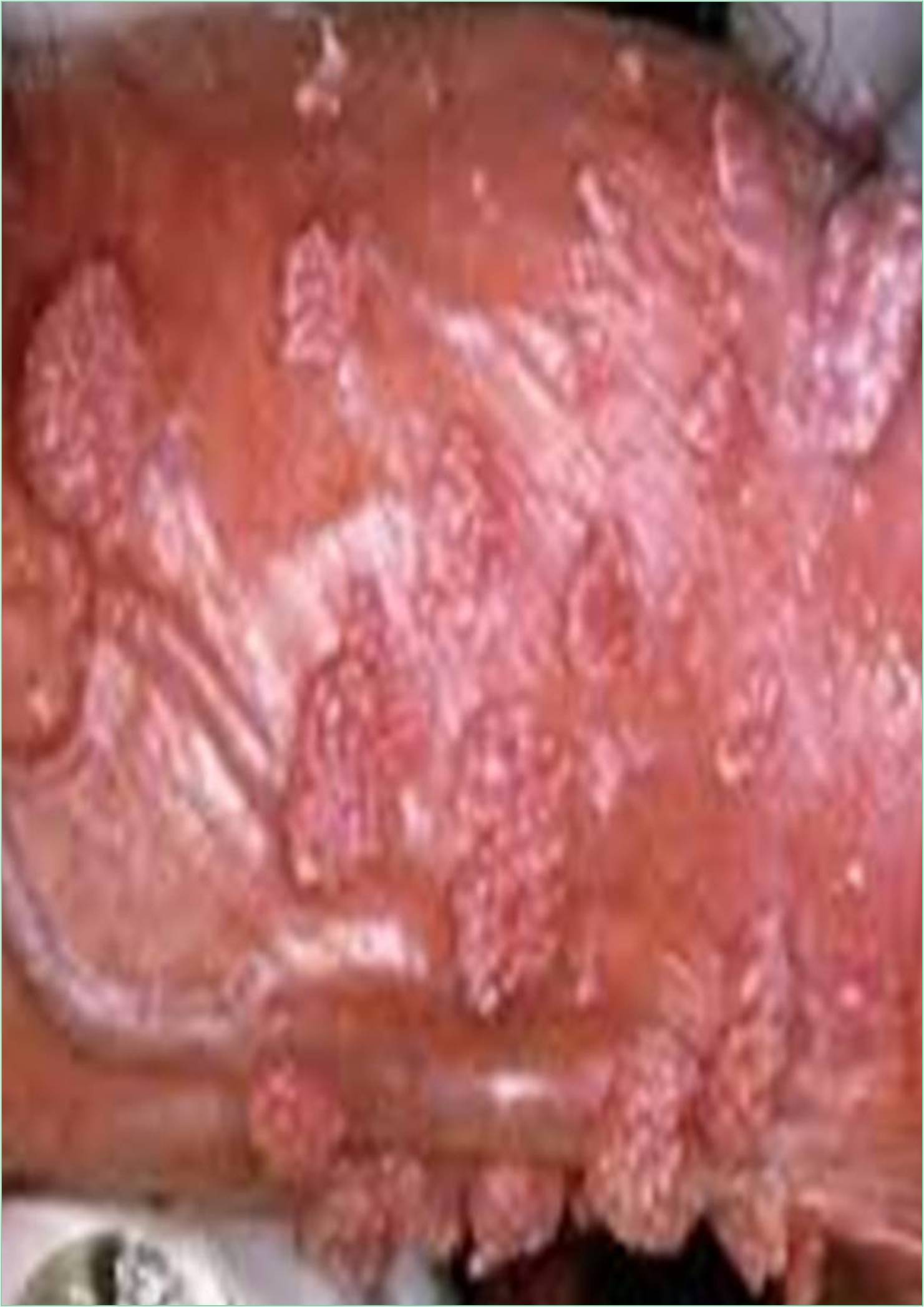



Received: 30-Jun-2022, Manuscript No. GJV-22-72378; Editor assigned: 04-Jul-2022, Pre QC No. GJV-22-72378(PQ); Reviewed: 25-Jul-2022, QC No. GJV-22-72378; Revised: 01-Aug-2022, Manuscript No. GJV-22-72378(R); Published: 08-Aug-2022, DOI: 10.35841/GJV.22.10.022
While some parasite infections are simple to treat, others are more challenging. They range in size from Protozoa, which are little one-celled organisms, to naked-eye worms. These diseases are brought by parasites, which are present in number of billions. It is associated with high morbidity and mortality continues to be a major public health problem throughout the world.
A fecal-oral pathway is commonly used for the transmission of protozoa in human intestines from one person to another. The significance of molecular diagnostics for amoebiasis is supported by data from a sample. Around the world, this parasite-related disease causes serious threats to people's health. Intestinal amoebiasis is of surgical importance because of their complications.
The AIDS crisis has boosted awareness of other parasitic diseases. As Parasitic infections can be caused by three main types of organisms:
1 Protozoa
2 Helminths
3 Ectoparasites
It is a disease which is caused by the parasite "Entamoeba histolytica" a single-celled protozoan that usually enters into the human body when a person ingests the cyst through food or water. It enters the body through direct contact with fecal matter. The cysts are relatively inactive form of parasite that can live for several months in the soil or environment when they were deposited in feces. The microscopic cysts that are present in soil, fertilizer, or water have been contaminated with infected feces.
The food handlers may transmit the cysts while preparing or handling the food and transmission is also possible during anal sex, and colonic irrigation. They reproduce in the digestive tract and migrate to large intestine wall or colon. Amoebic dysentery is a severe form of amoebiasis that is associated with stomach pain, and fever. When cyst enters the body, they lodge in the digestive tract and then release an invasive, active form of parasite known as “Trophozoite”.
The diagnosis for amoebiasis can be very difficult. One of the main problems is that other parasites and cells which look very similar to E. histolytica when seen under a microscope. The Entamoeba histolytica , E. dispar, are about 10 times most common, and look same when seen under a microscope.
The mechanisms of MDR in Entamoeba emetine mutants have not been thoroughly investigated as in vitro the tumor cells develop resistance to common chemotherapy agents. The laboratory diagnosis of amoebiasis is based on detection of E. histolytica by the use of tests with high sensitivity and specificity, such as specific amoebicantigen or PCR-based assays.
In every person this diseases are most common who live in developing countries with poor sanitary conditions. Several antibiotics are available to treat amoebiasis. The microscopies used in routine clinical laboratories are not sensitive or specific enough for detection of E. histolytica. Metronidazole or tinidazole remains mainstay for the treatment of invasive amoebiasis which is followed by luminal agents to prevent relapse and transmission of E. histolytica to sexual partners or close contacts.